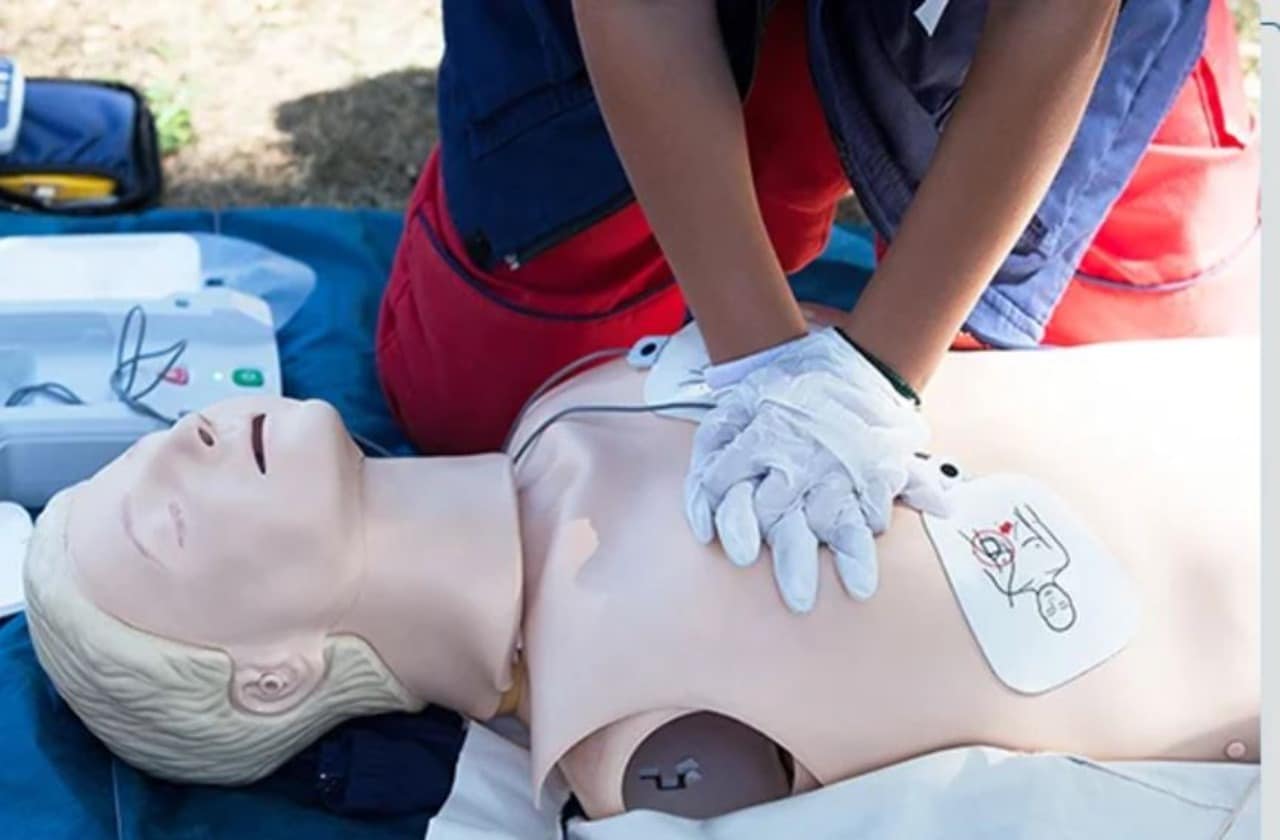Every year, hundreds of lives are lost to cardiac arrests. It leaves people devastated and families shattered. The unpredictability of cardiac arrests emphasizes the urgent need for speedy and effective intervention. In such situations, the teachings of a CPR AED certification come into play. These portable gadgets have revolutionized the emergency response to cardiac arrest. In this article, we delve into the role of AEDs in saving lives. You will also explore their mechanisms of work, accessibility, and other essential topics.
AEDs: Shocking the Heart to Save Lives
Every second counts in a sudden cardiac arrest. During such an event, the heart’s rhythm becomes chaotic. The heart cannot effectively pump blood to critical organs. AEDs are designed to read the heart’s rhythm and, if required, supply an electric shock to realign it. This shock, called defibrillation, momentarily stops the heart’s electrical activity, allowing it to reset and probably resume a normal rhythm. It is an on-the-spot response that extensively increases the probability of survival. It must be administered within the first short time after disintegration.
The Vital Importance of Accessibility
One of the most essential elements in successfully using AEDs is accessibility. Placing AEDs in handy and nicely-marked places can mean the distinction between life and death. Schools, airports, shopping centers, gyms, and public transportation hubs are only some examples of locations in which AEDs should be available. Fortunately, many nations have recognized this need. They have laws mandating AED set up in public locations. However, steady efforts are required to ensure people follow the rules.
Empowering Bystanders to Save Lives
AEDs are designed to be user-friendly. It is so because even individuals without medical education should be able to use them effectively. Empowering bystanders is a critical step in the “chain of survival.” The chain of survival has a chain of movements, which includes early recognition of cardiac arrest. It also includes immediate CPR, speedy defibrillation with an AED, and superior medical care. Bystanders who witness a cardiac arrest can now take on-the-spot action with the aid of CPR and AED. It helps them in improving the victim’s probability of survival before expert help arrives.
Raising Public Awareness and Education
Despite the life-saving capability of AEDs, there may be a lack of know-how among the people. Many are uncertain about the function of an AED or are hesitant to give CPR. Raising public attention through schooling campaigns is essential. People need to recognize that the usage of an AED is safe and easy. They must know that they can make a life-altering difference in a person’s life by acting in an emergency.
You may also read about this comparison of Colon Broom vs Metamucil. These two supplements not only help with colon health but also maintain your heart health.
The Future: Integration and Advancements
As generation continues to advance, so do AEDs. Modern devices are geared up with smart algorithms that are safer. The new machines deliver a shockless pulse and allow the heart to settle down faster. Some AEDs also offer real-time feedback and guidance for chest compressions. Additionally, efforts are being made to combine AEDs with emergency medical services (EMS) structures. This integration enables EMS employees to remotely guide bystanders on using AEDs. This step will further optimize the chances of saving lives and getting positive outcomes.
Conclusion
In a world where unexpected cardiac arrests can strike anyone, anytime, having AEDs in public areas is crucial. It encourages bystanders to use them when an emergency strikes. These devices can save a life by giving a shock to the heart. They have increased emergency response time and improved survival rates significantly. However, the responsibility doesn’t stop with the installation of AEDs. Public awareness, CPR AED certification training, and continued technological improvements play a crucial position in maximizing their impact. As we move forward, let us create a society where each individual knows how to use an AED. People should be confident to save lives with this device. By embracing this mission, we can flip the tide on unexpected cardiac arrests and make “shock to save” a reality.

